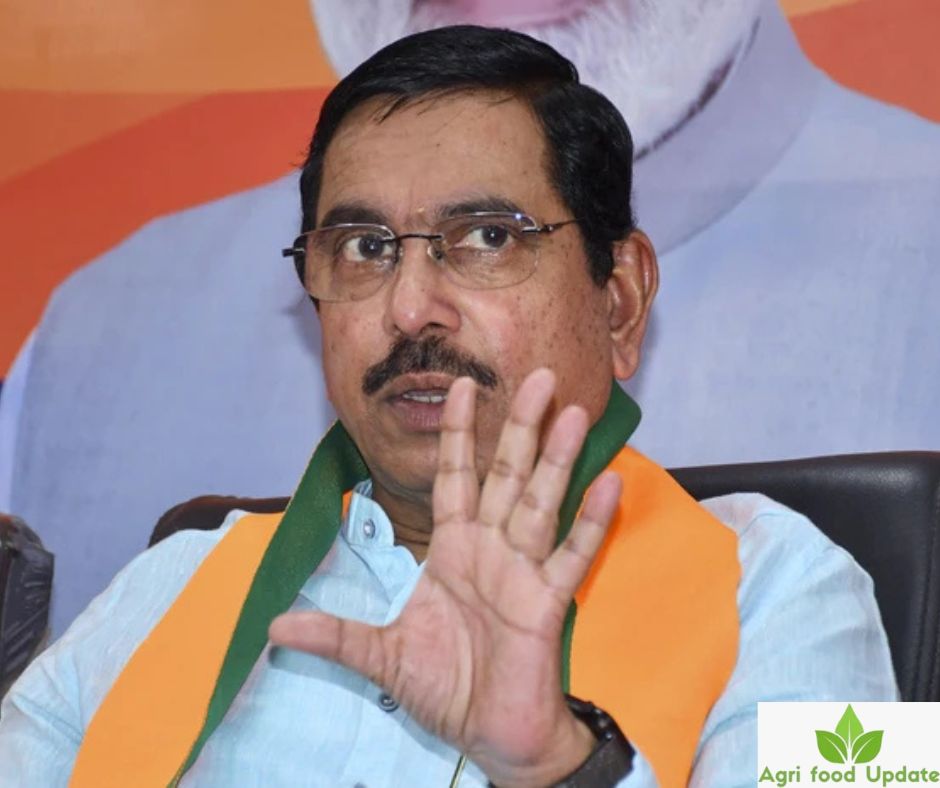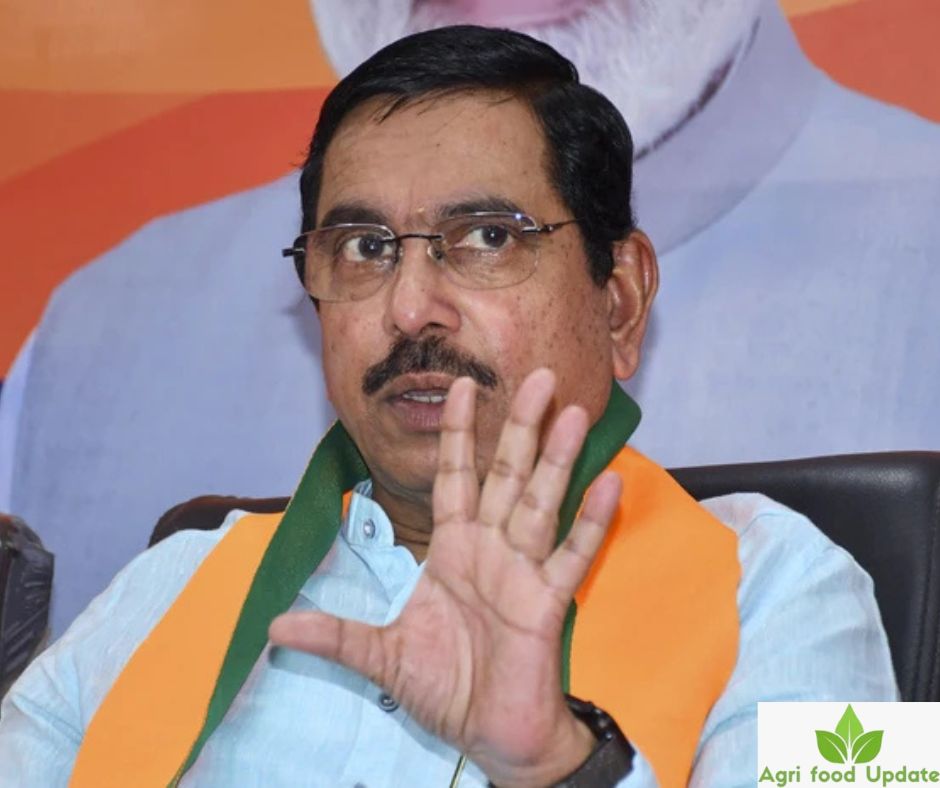
Sugar Ethanol Bioenergy Int- Amid the clamour on the ill-effects of ethanol-blended petrol on vehicle mileage, Food Minister Pralhad Joshi has suggested that the Indian sugar sector now look at tapping the global biofuel demand by exporting to markets abroad while Transport Minister Nitin Gadkari batted for use of isobutanol for blending with diesel. The two ministers were delivering the opening address at the annual India Sugar and Bio-Energy Conference, organised here by Indian Sugar and Bio-Energy Manufacturers Association (Isma). In his address, Joshi also said that all demands of the millers — namely revision of the minimum sale price (MSP), revision of pricing for ethanol produced from sugarcane, and allowing exports of 2 million tonnes (mt) of sugar in 2025-26 season that will start from October — will be taken up for consideration only after balancing the interest of farmers, consumers, and sugar millers. He also urged them to convert their single-feed distilleries into dual-feed ones.
Joshi said the Centre has of late taken a number of decisions to ease the concerns of the sugar sector that include restarting production of ethanol from sugarcane juice, syrup, and B-heavy and C-heavy molasses. This was prohibited for the last two years over concerns on availability of actual sugar for domestic consumption. Meanwhile, Gadkari said that India’s sugar production is more than required and one needs to lower that. He suggested increasing the use of isobutanol for blending with diesel.
Isobutanol is a colourless, flammable liquid alcohol used as a solvent, chemical intermediate, and as a high-energy biofuel due to its compatibility with existing infrastructure. Gadkari said that the sugar industry should also explore the possibility of producing bio-bitumen, which can be used for road construction. He said India needs around 9.5 mt of bio-bitumen while the actual capacities are far less than the demand. An estimated ₹42,000 crore has gone into the bank accounts of farmers due to rise in area under maize because of the ethanol-blending programme. In his address, Food Secretary Sanjeev Chopra said that “happy days are back again” for the sugar sector, referring to the comfortable demand and supply position that sugar is expected to have in the 2025-26 season. Chopra said though Isma is projecting a sugar production of around 35 mt, and he hopes that it is true, yet the government will come out with its own assessment of the production in the next few months. “Though we would consider opening up exports, whether it could be actually done will depend on firm numbers,” Chopra said on the sidelines of the conference. He said government initiatives such as agristack and digital crop survey will go a long way in solving this ambiguity about actual sugarcane production numbers. Chopra said integration of government data with GSTN (goods and services tax network) numbers will also solve the problem of violation of sugar quota by mills, and that it will come down to zero in the next few weeks. Chopra said development of new varieties in sugarcane through genome-editing and speed-breeding needs to be quickened, and also sweet sorghum use for producing ethanol should be promoted. Test results for sweet sorghum ethanol should be out in the next few months, he added. Later, talking to reporters, Chopra also said that the Centre might allow 3 mt of open market sales of wheat in the next few months.



